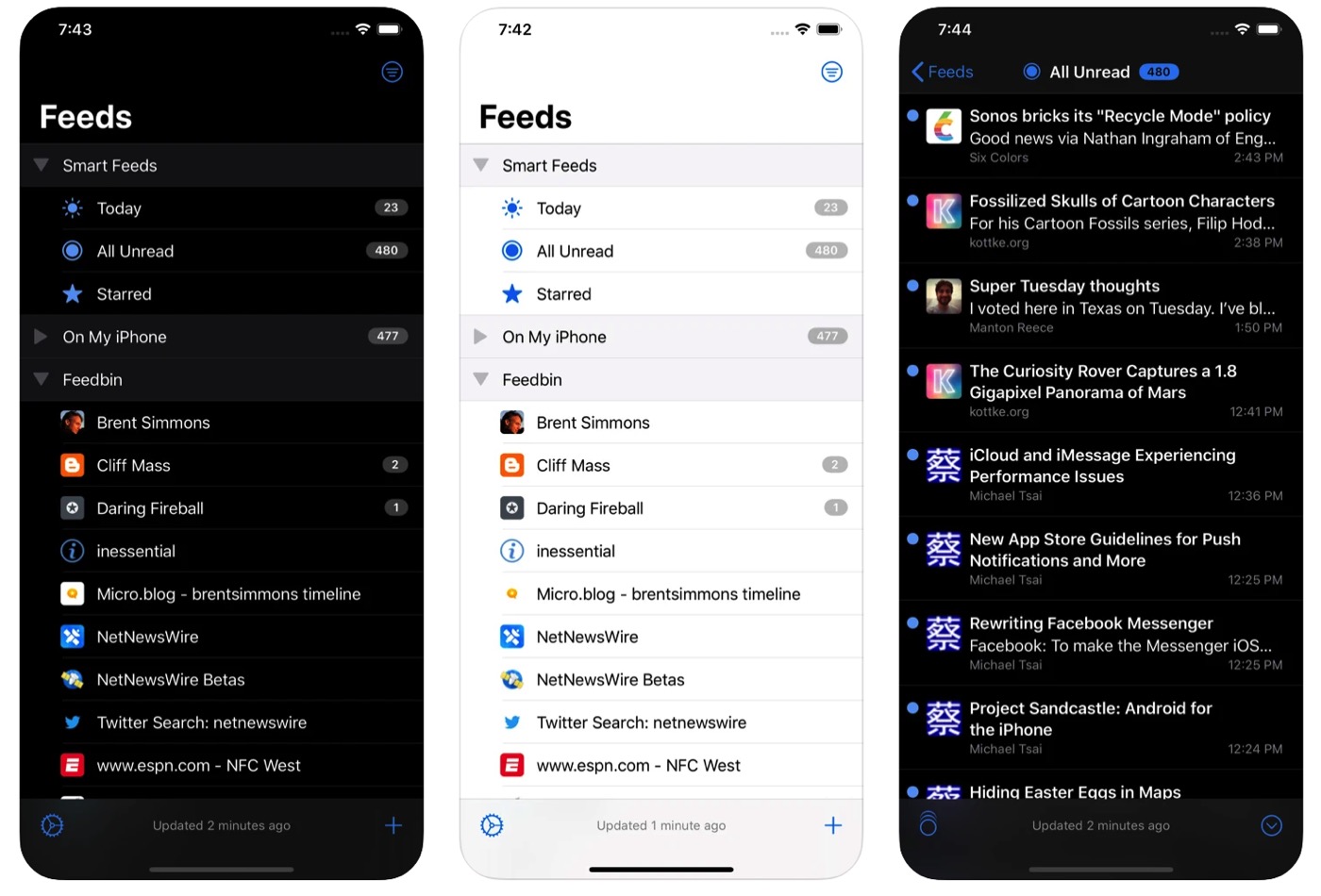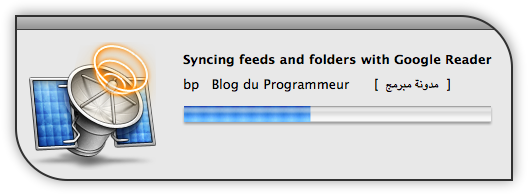

- Netnewswire browser mobile serial#
- Netnewswire browser mobile code#
- Netnewswire browser mobile download#
We have specific APIs for actions like this, and those APIs expect a collection of objects. You could call article.read = true for each article - and, for each article, trigger a whole bunch of work. Now say you’re marking all articles in the current timeline as read. Calling article.read = true triggers, via KVO or notifications or something, things like database updates, user interface updates, unread count updating, undo stack maintenance, etc. Say a user is marking an article as read. Here’s an example of a trap that’s easy to fall into. (A simple example of a background thing, besides feed parsing, is creating thumbnails of feed icons.) We Avoid the Single-Change-Plus-Notifications Trap They shouldn’t trigger KVO or other kinds of notifications as they do their work. The key is, of course, making sure your operations are in fact self-contained.
Netnewswire browser mobile serial#
When an operation can be made self-contained - when it can just do a thing and then call back to the main thread, without threading issues - we use a serial queue if there’s any chance it could noticeably block the main thread.
Netnewswire browser mobile code#
The parser isn’t the only code we run on a serial queue. If the hash matches the hash from the last time, then we know the content hasn’t been modified, and we skip parsing.
Netnewswire browser mobile download#
We also create a hash of the raw feed content whenever we download a feed. We use conditional GET, which gives the server the chance to respond with a 304 Not Modified, and no content, when a feed hasn’t changed since the last time we asked for it. The parsers are fast - but we also do our best to skip parsing entirely when we can. Since parsing is a self-contained operation - we input some data and get back objects - there are no threading issues.

That’s fast, but we do another thing as well: run the parser in the background on a serial queue. On my 2012 iMac, parsing a local copy of some past instance of the Daring Fireball Atom feed - relatively large at 112K in size - happens in 0.009 seconds. The most painful way to parse XML is with a SAX parser - but it’s also how you’ll get the best performance and use the least memory. The below items are in no particular order. Because NetNewsWire is - like many apps these days - basically a fancy database browser where data comes from the web, some of these will apply to other apps. Make sure, in other words, that performance isn’t just a topping - it’s the pizza.īelow are some of the specific reasons NetNewsWire is fast. Make sure it‘s part of every decision every day. The best general advice I can give is just this: make sure performance is part of the foundation of your app. If you take a month or two to speed things up, from time to time, your app will always be - at best - just kind of heading toward satisfactory, but never to arrive. I suspect that it’s hard to do this any other way. Being fast is part of the very definition of the app. NetNewsWire is fast because performance is one of our core values.


 0 kommentar(er)
0 kommentar(er)
